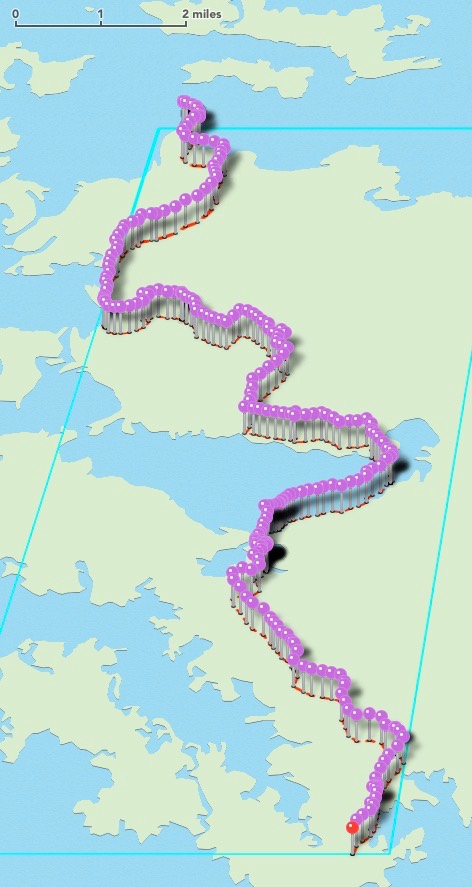
Even before we got loaded into the vehicles this morning we had a visitor: a giant eagle owl sat just above one of the tents, so we all went out to photograph him.
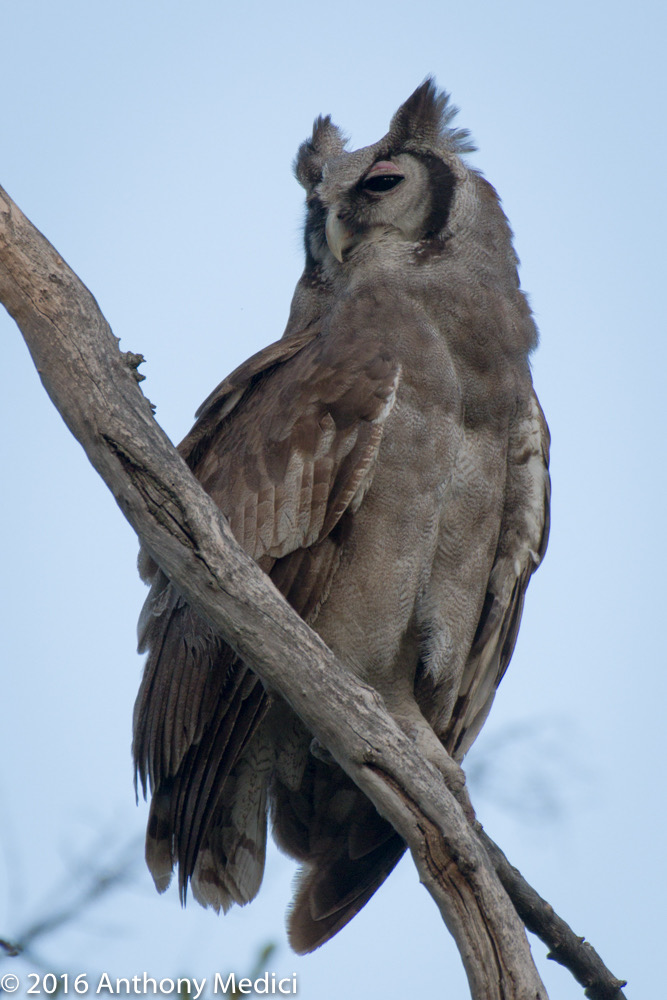
We’re on our way up to the boat dock in Xakanaxa for our voyage up into the delta, but one nice thing is that the lions are still mating, so we’re not going to pass that opportunity up.
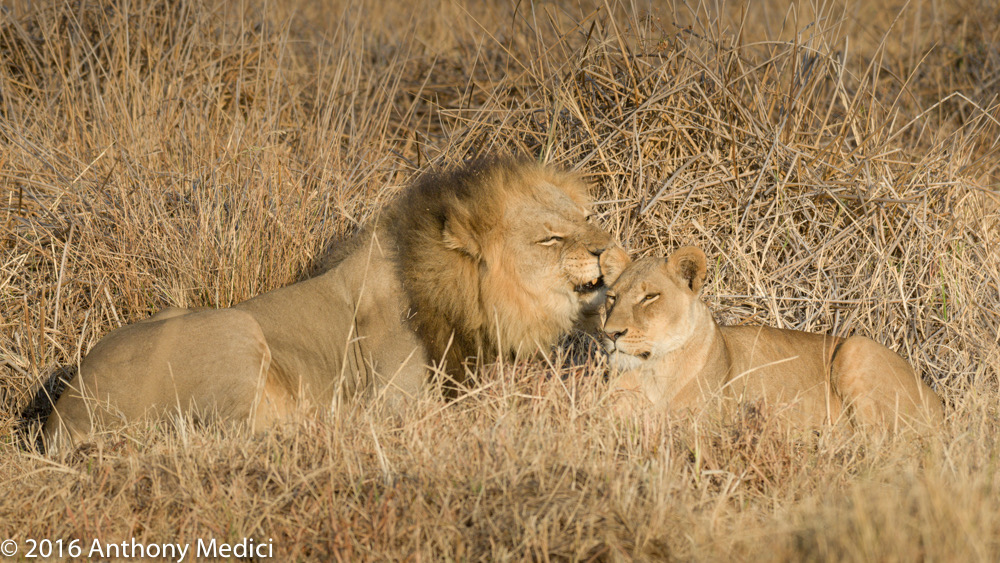
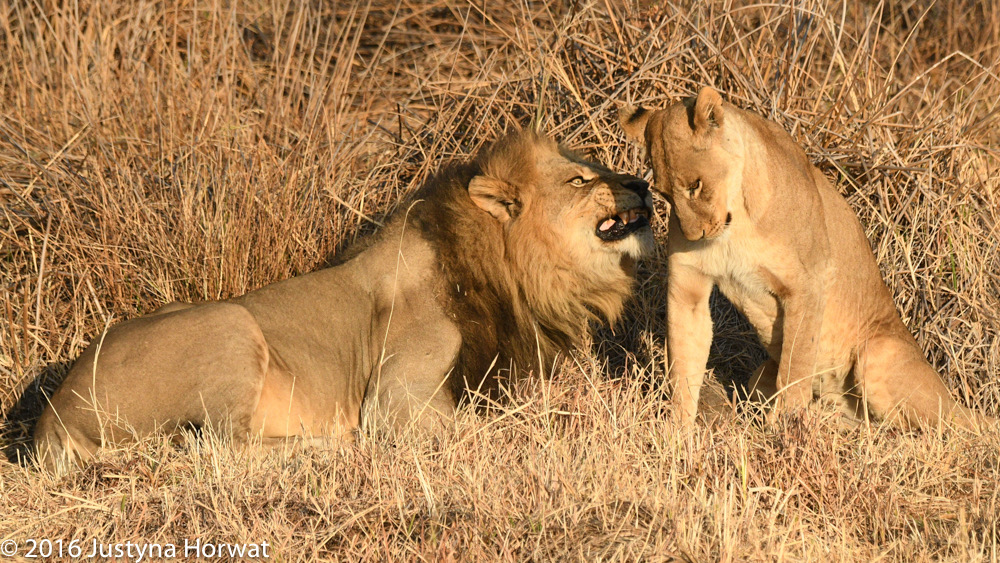
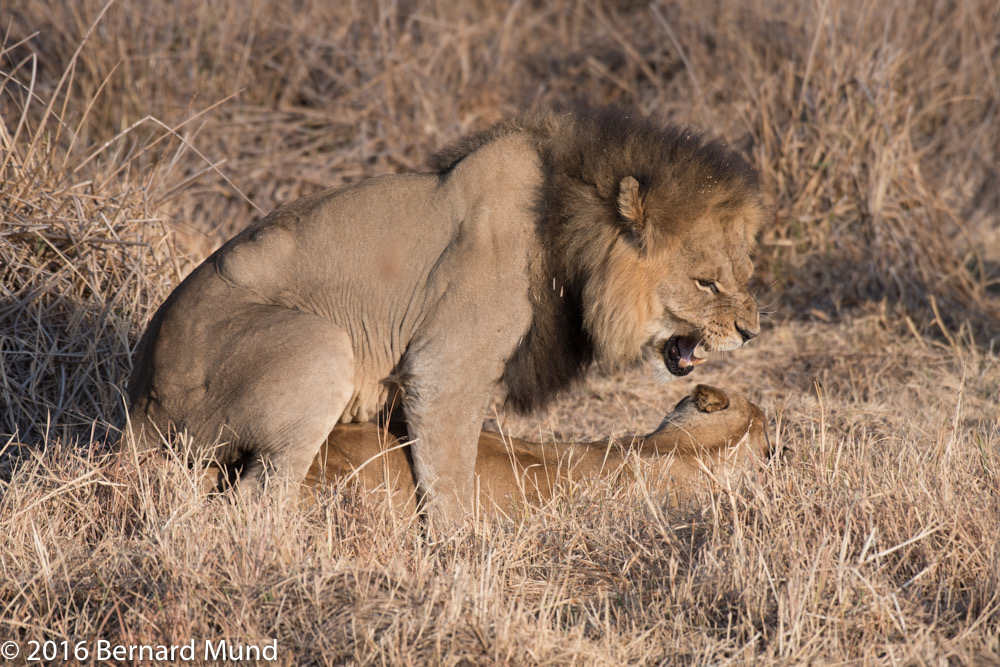
Also, the wild dogs with pups are on the way up the road we need to take, so we get one more morning visit with them, too. They’re being a little more chill today, as they ate yesterday, but I suspect they’ll start working towards another meal soon. It’s a fairly big pack with a lot of pups to feed.
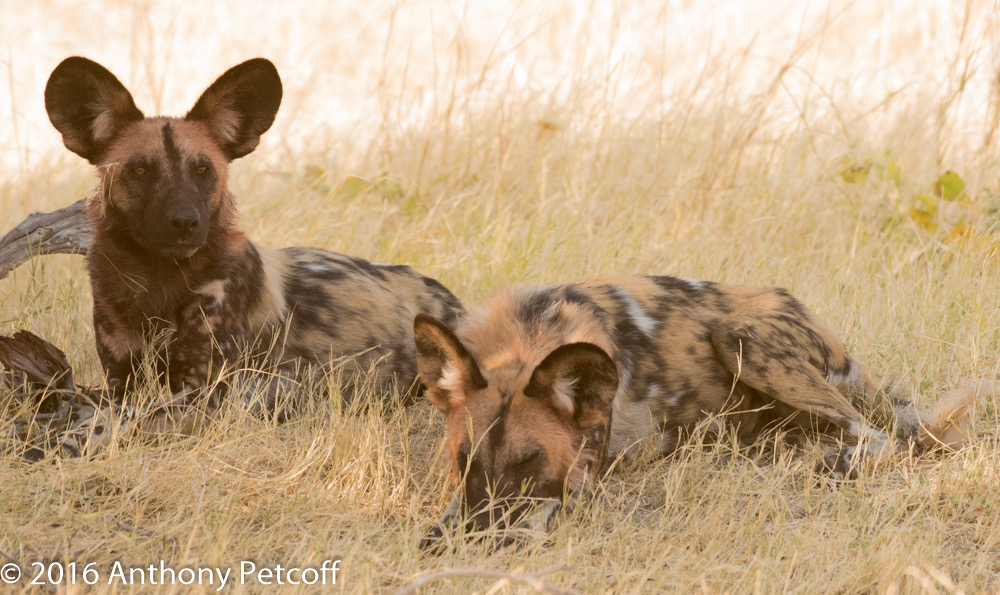
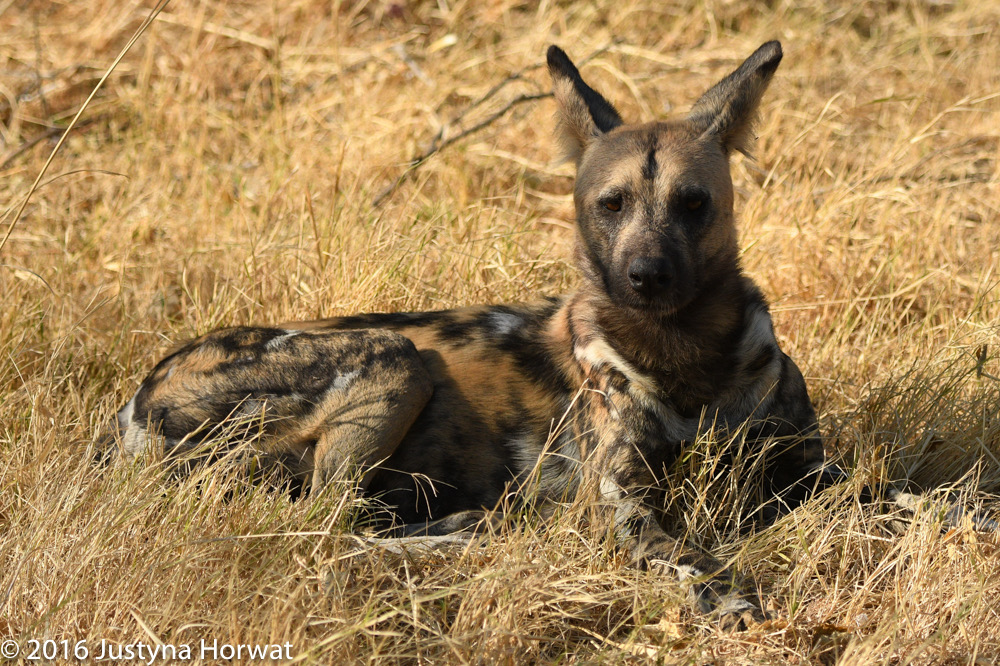
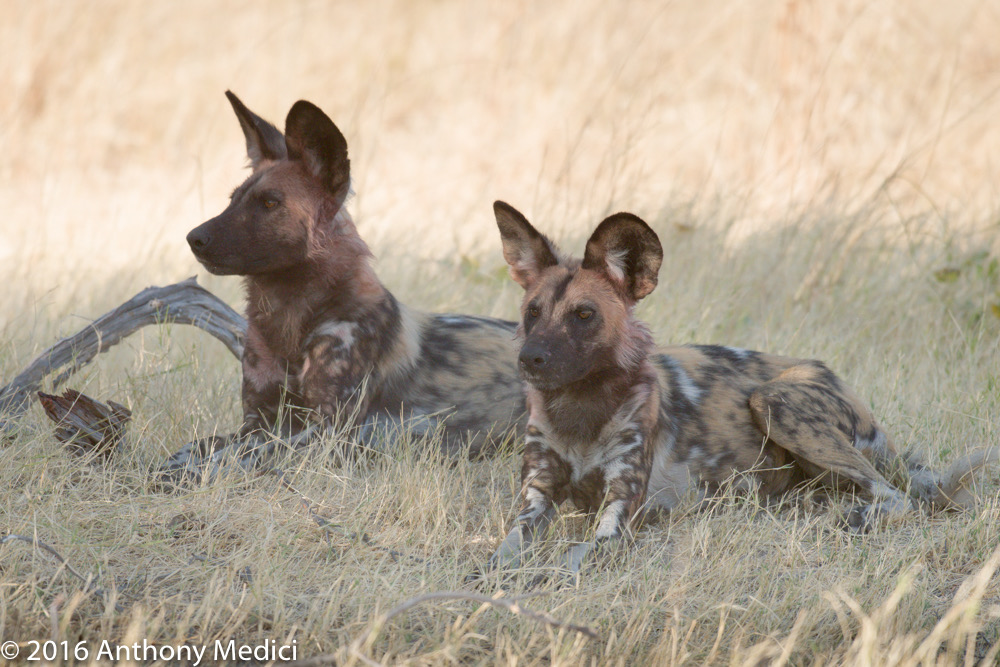
Unfortunately, our Camp 14 location puts us far from the Xakanaxa docks, so in order to get up there by 10am we have to do a fair amount of driving. We, of course, stop for anything we see on the way, but we’re not in “hunt” mode this morning, we’re mostly in transit mode.
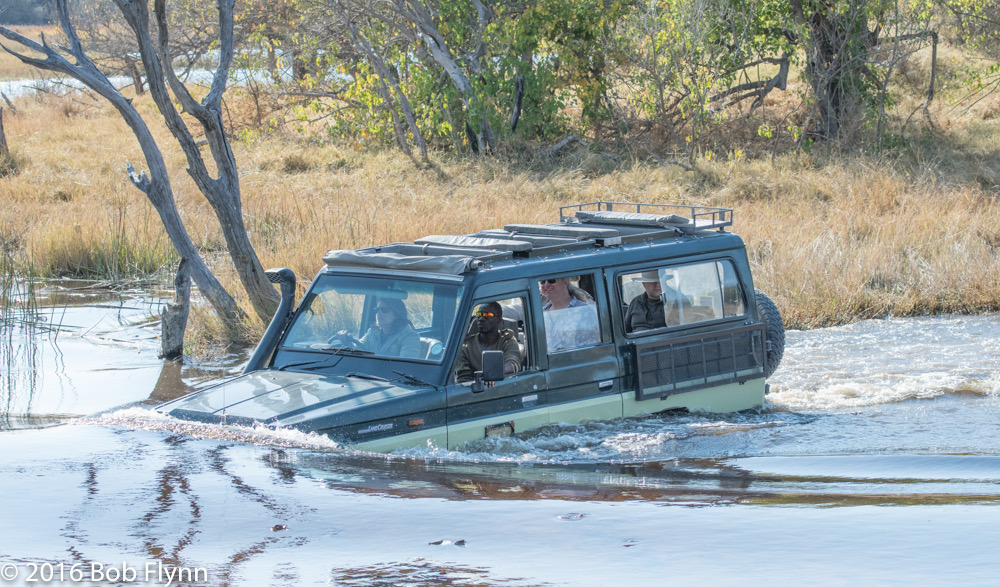
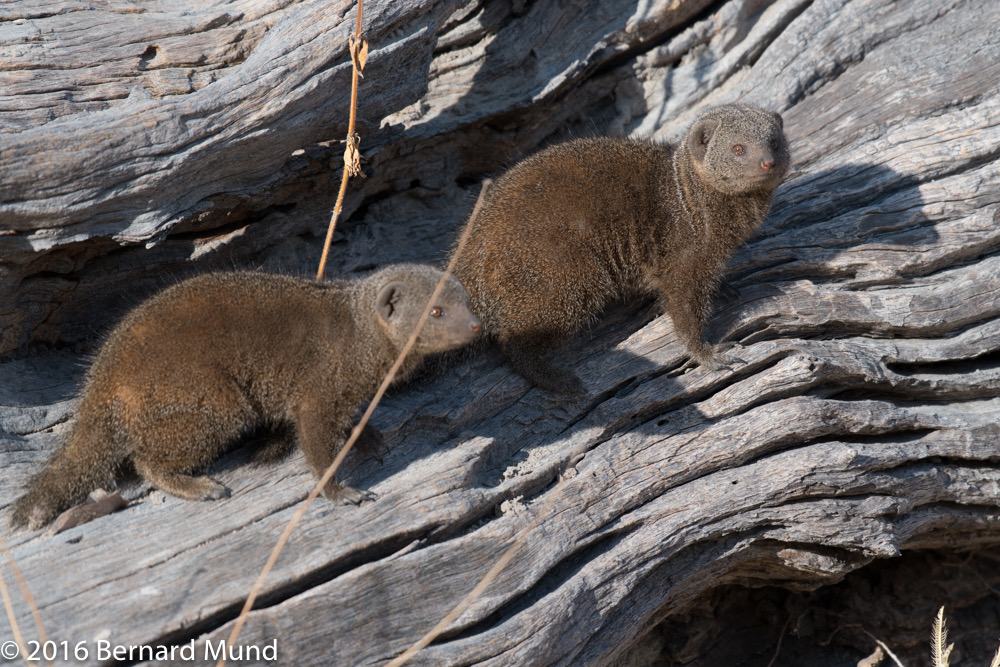
We’re using Capricorn’s new boat this time (notice the seat up on top of the left boat), so of course I reserve that one and put Tony on the other, older boat.

The joys of being El Hefe (that’s me comfortably seated at the right, triggering a Ricoh Theta I mounted on the bow from my iPhone).


As usual on the boat, the primary thing we see is birds, though every now and again we get some animal in the reeds.
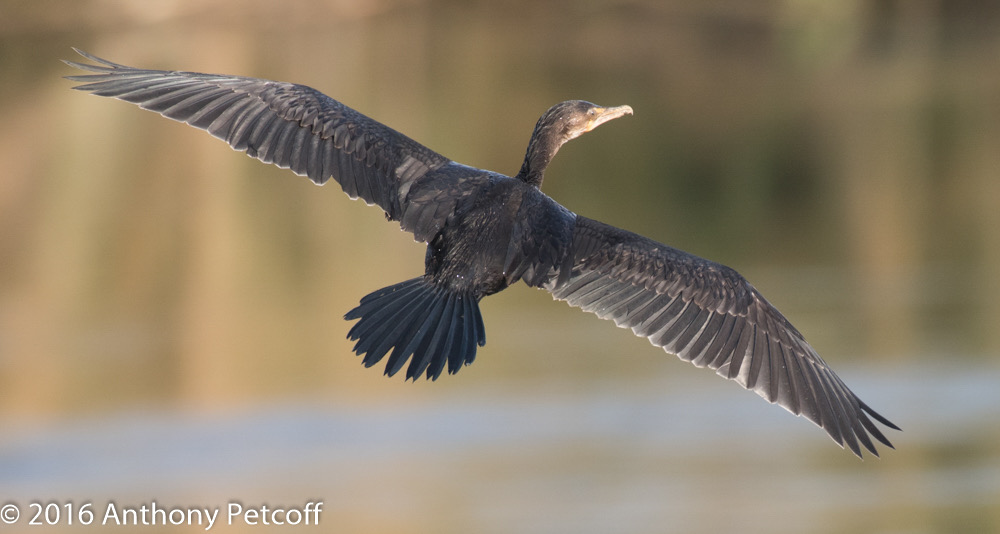
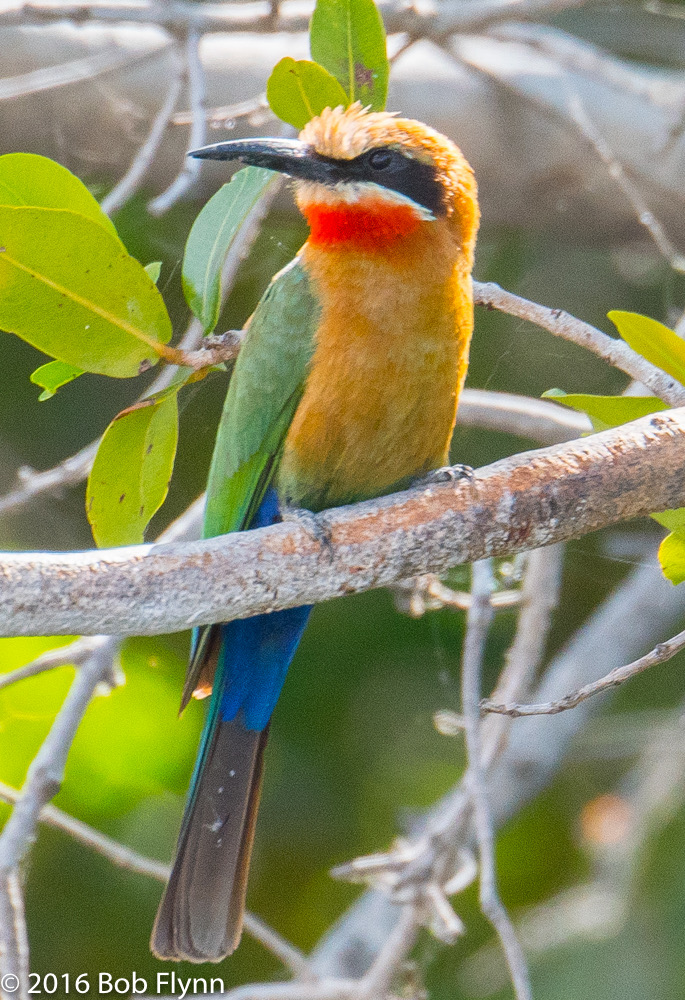
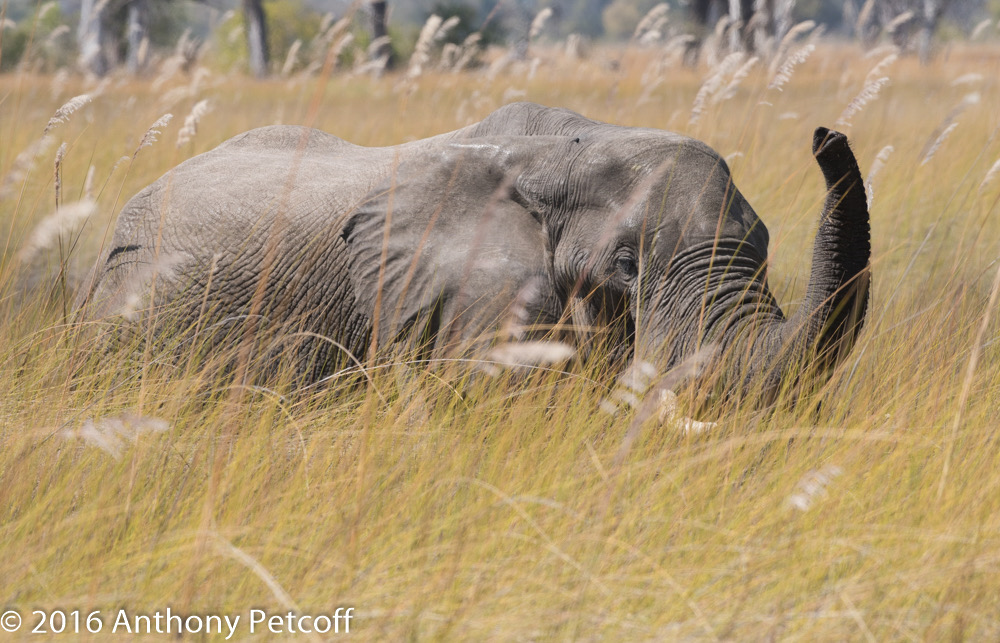
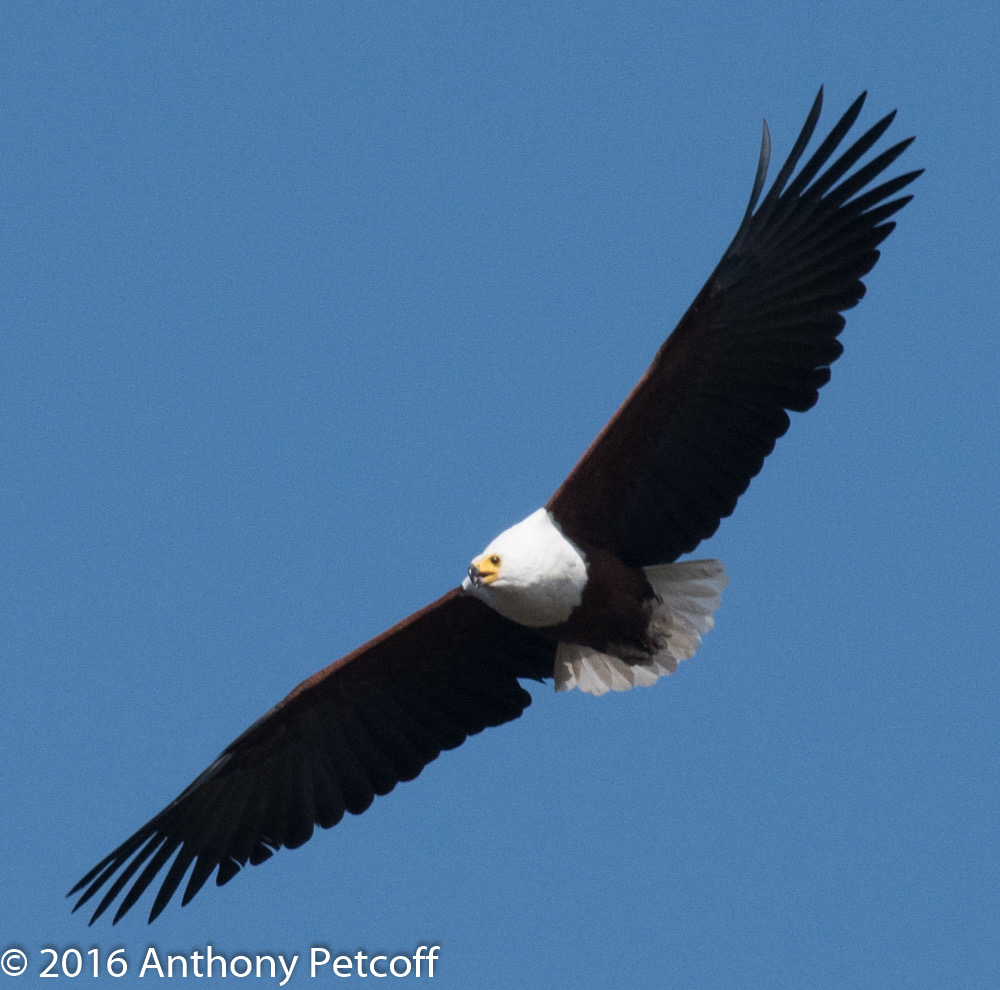
Someone forgot the chairs and table (shhh…ane), so we have an impromptu in-the-water lunch stop today.
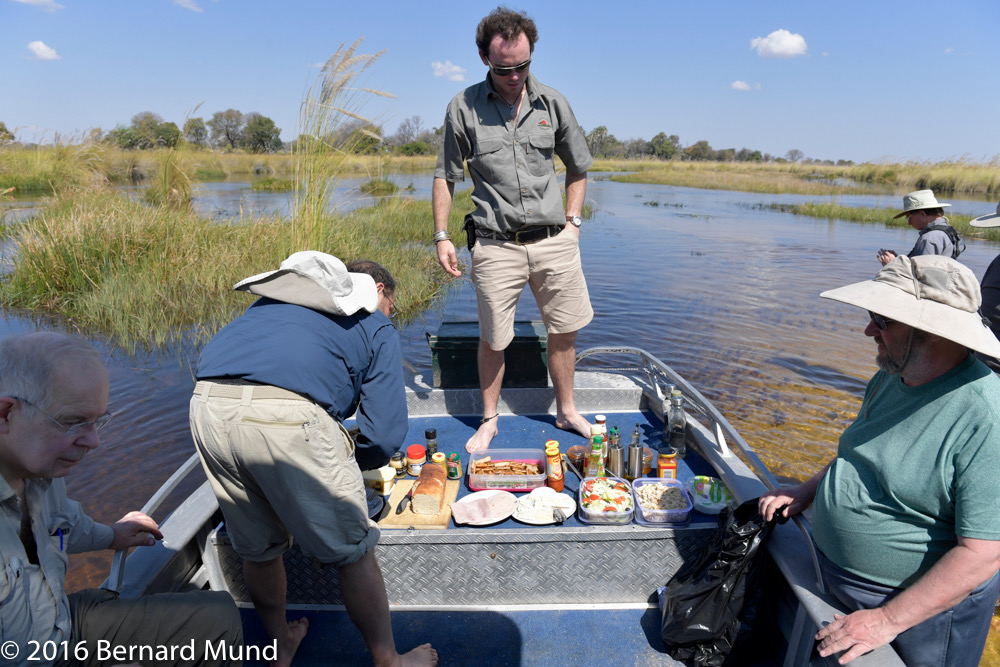
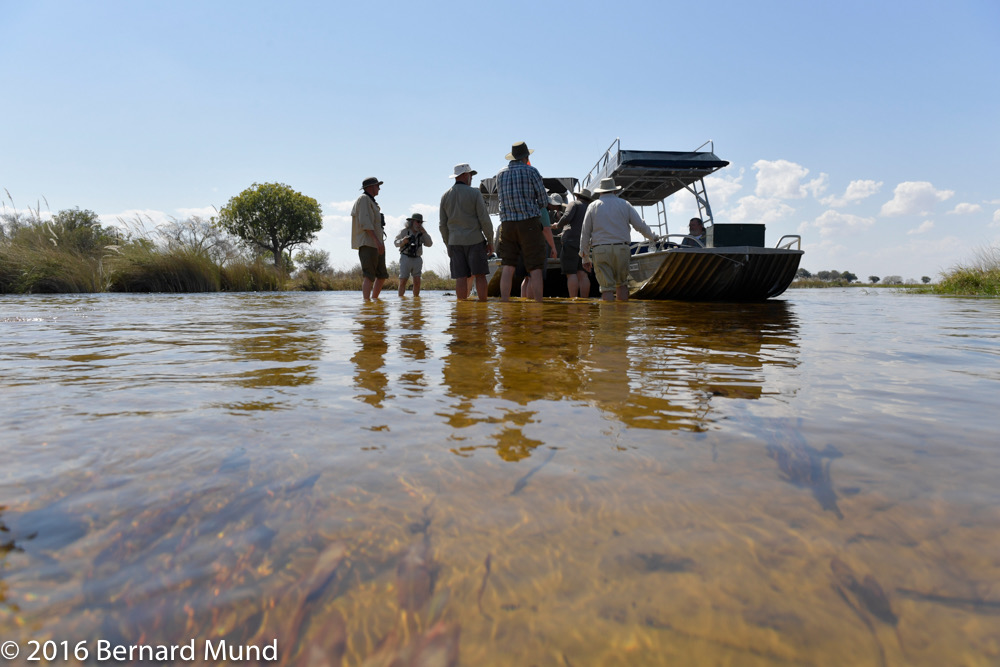
After lunch, we spend some time at the heronry (small circle on map above, better view of the detail on the map below):
It’s always a little hit-or-miss on whether the heronry is fully active or not when we arrive here, as it seems there are a lot of factors that go into when the birds all come to nest. I’ve seen this heronry highly active in late July, I’ve seen in not active until early September. Most of the time, it starts to come alive in late August, and we’re a little early for that. Nevertheless, there’s some activity here, and we spend a fair amount of time drifting around the one small island here to try to capture that.
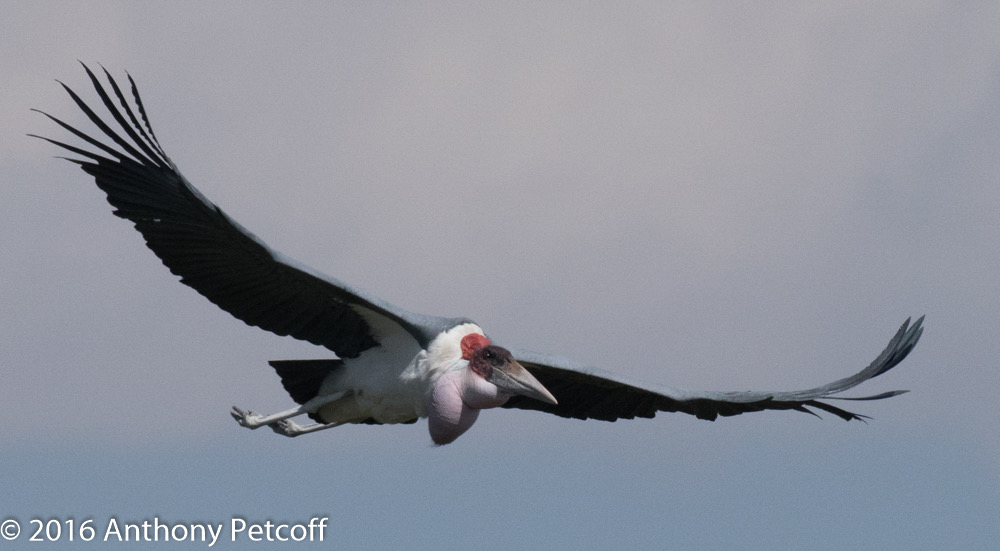
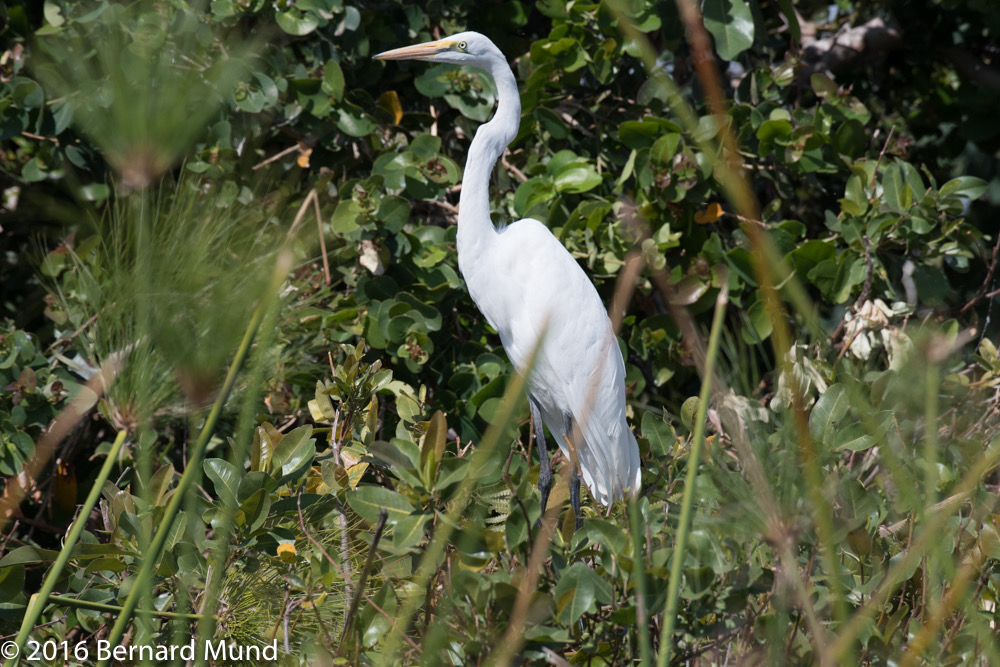
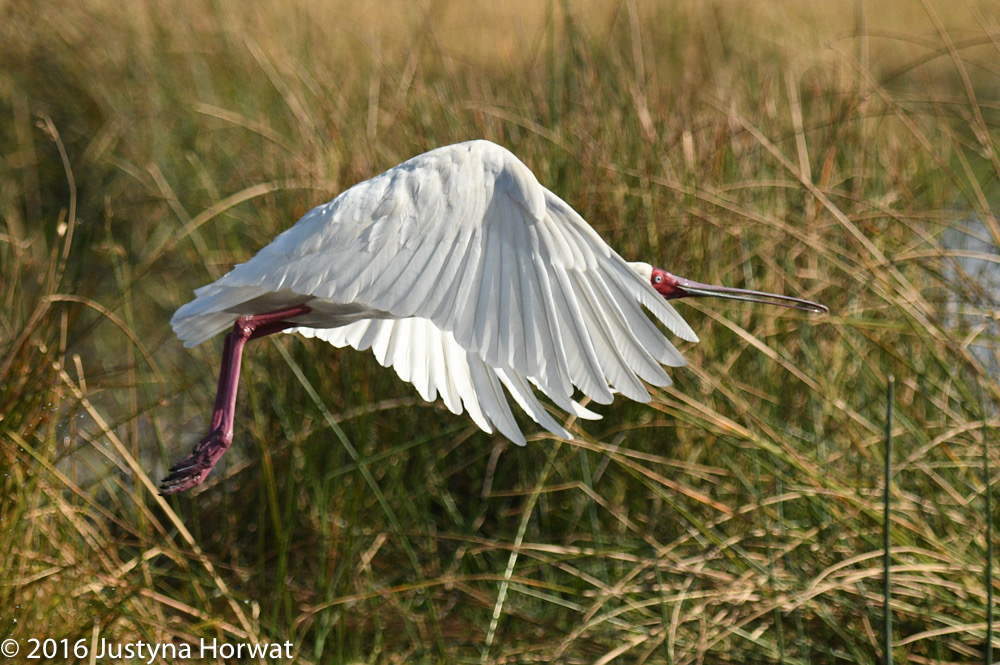
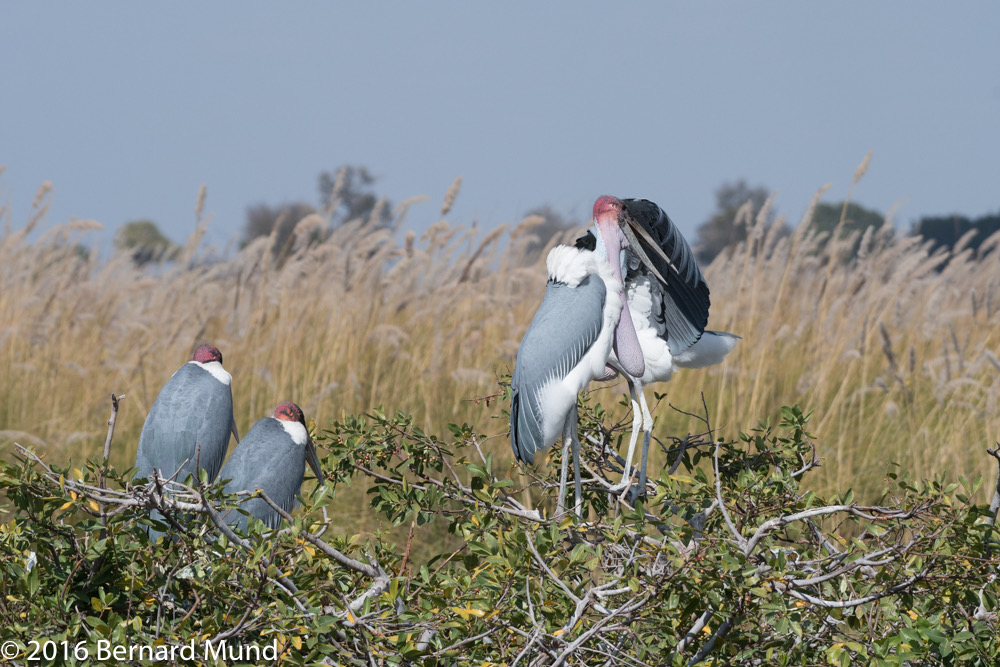
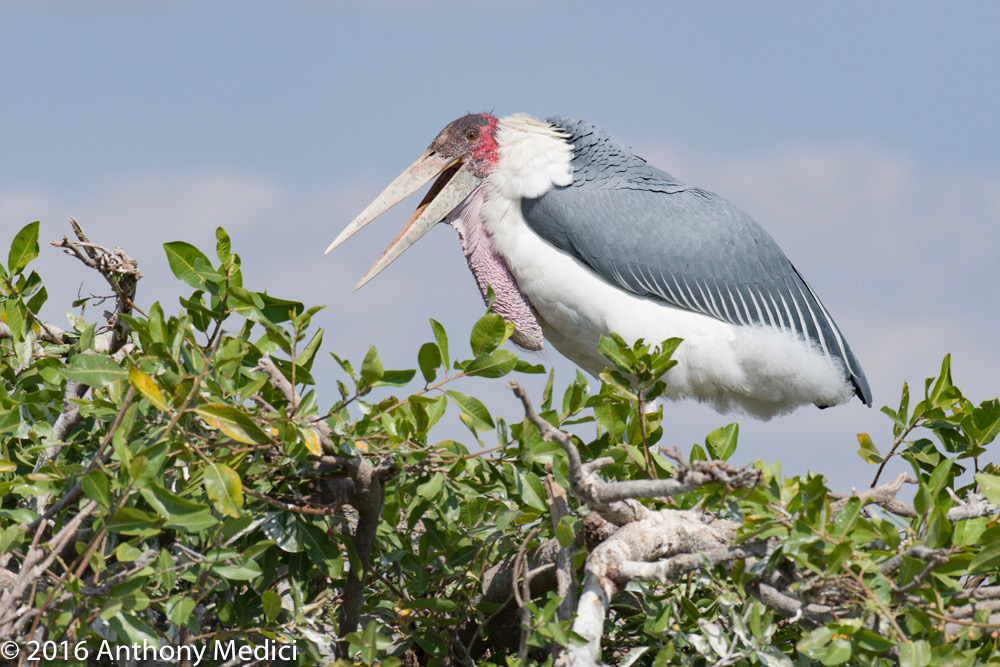
By the time we finished up at the heronry it was time to boogie, as we’re starting to get late to arrive at our destination. The boats have to get back to Xakanaxa before dark, and the Camp O staff isn’t going to stand on the dock all afternoon:
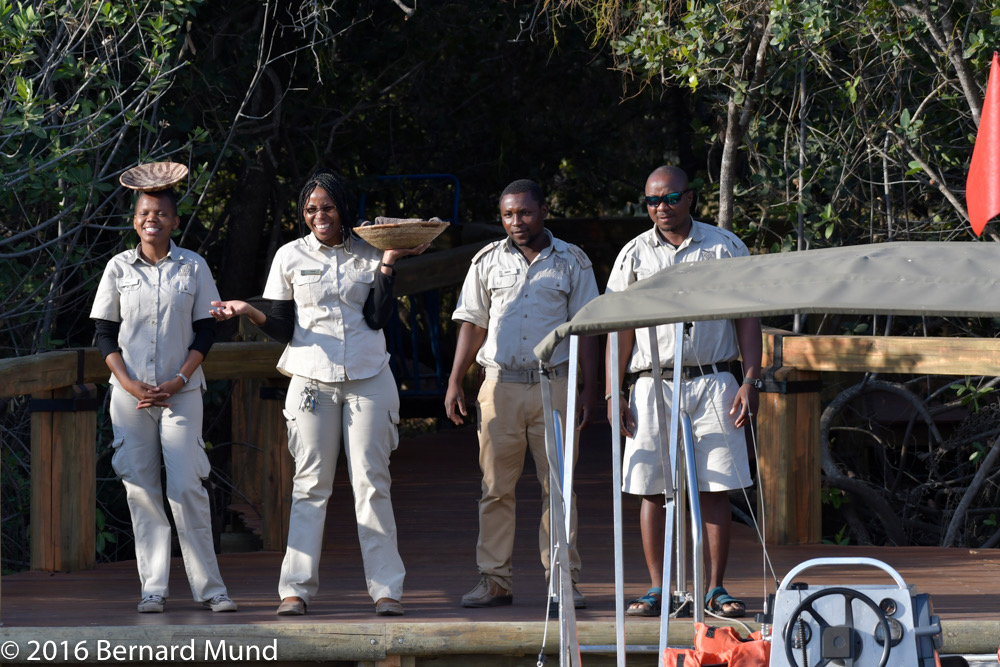
Camp Okavango just reopened this spring after a multi-million dollar overhaul. And it’s quite an overhaul. Everything is new. New common and eating areas, new pool, new decking, new dock, new raised trails to…you guessed it, new rooms.
These aren’t tented rooms any more, they’re full on permanent cabins (still raised up on stilts in case of flooding). The twin shower room—yes, it’s room-sized—in each cabin is bigger than my living room at home, and the 2” granite floor and walls are better materials than you’ll find anyplace in my home or office. Indeed, I start wondering just how much weight the shower room is. That’s one heck of a lot of rock that has to be held up. Scouting under the building, well, it’s got one heck of a lot of 6” crisscrossing poles supporting that area.
I can’t say that the cabins are particularly well laid out. They seem to have a lot of open space that isn’t functional, but they’re beautiful and now sit up higher so can get a view of the marshy areas in front of them.
Funny this is, the new camp still has the old problems: animals. The electrical fence isn’t up to keep the elephants out yet, not that worked previously. One particular elephant used to just run at the fence as he could, endure the brief shock as he knocked it down, then saunter over to his favorite tree. I notice he’s at the tree tonight ;~).
Meanwhile, the hippos have decided they like the crawl space under the now-raised camp, so they come in and wander around under there at night. Already we’ve had the first hippo-caused water outage, as one managed to break a water main doing this under deck crawl.
There are no simple solutions out here. The animals do what the animals want to do, and you pretty much have to put up with most of that.
One nice thing, though, is the new Camp O is now all solar powered, complete with a big battery farm. We’re putting the camp through a pretty good stress test this evening, as we’ve got over a dozen computers charging on top of battery chargers and all the other electrical use a full camp entails. I’d met the fellow who installed this solar installation earlier on the trip (at Hyena Pan, where he was working on solar installations for their water pump systems), and he said that peak load on the camp was from 6 to 8pm, and if we were going to bring the system down, it would be then.
Well, it’s past 8pm now, we’ve had dinner, and it’s time to sit down with the students and do a long image review session.